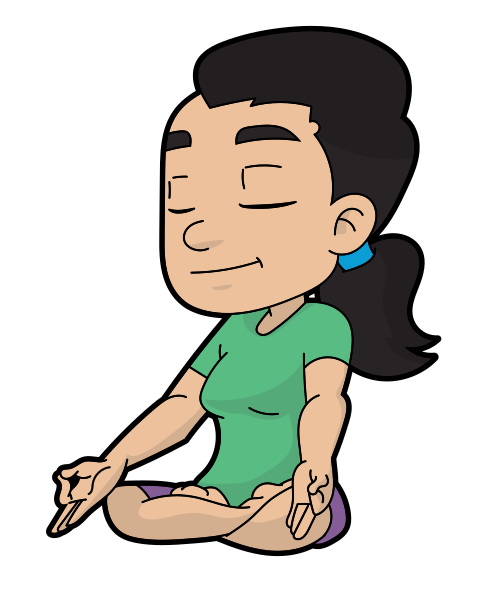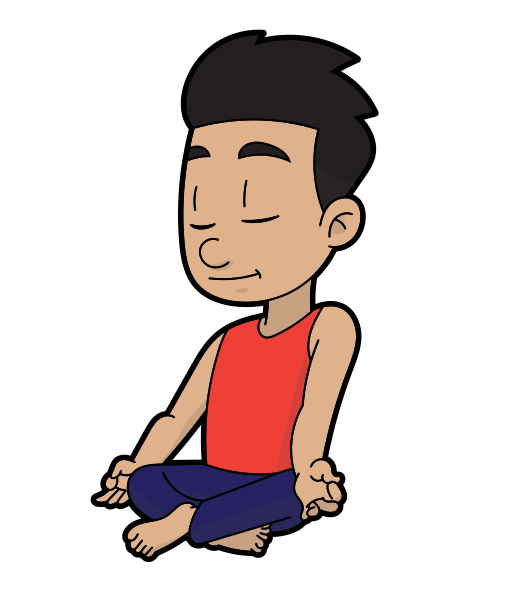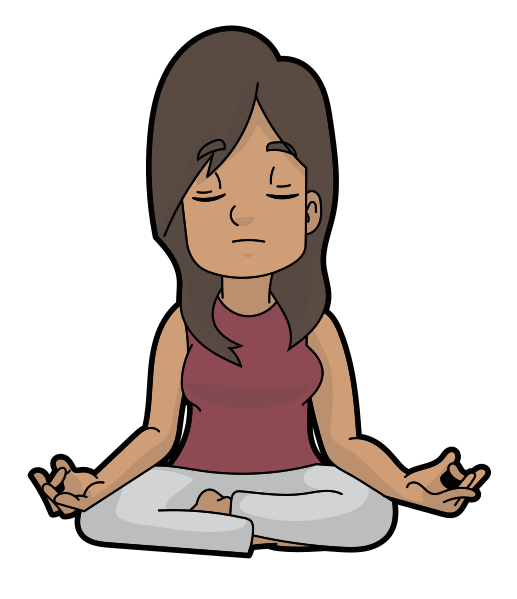When we’re having a panic attack, or starting to feel anxious, our breathing often speeds up. We may even start to hyperventilate, or feel like we can’t breathe and are going to suffocate. The key to calming our breathing when we’re feeling anxious or starting to panic isn’t to breathe deeper, which can actually make things worse, but to breathe slower. This breathing exercise is a great way to slow down our breathing, by breathing out for twice as long as we breathe in.
How to Sleep Better & Cure Insomnia With CBT-I
The videos below present an overview of the CBT for Insomnia program developed by Dr. Gregg Jacobs at Harvard Medical School. For more detailed information about his online CBT-I program, please visit www.cbtforinsomnia.com.
How To Sleep Better And Cure Insomnia With CBT
Learn How to Meditate in 5 Easy Steps
Meditation Tips: Emotions and Pain
STOPP and Be Mindful
STOP is a distress tolerance skill from dialectical behavior therapy we can use whenever we’re feeling overwhelmed by stress and anxiety or distressing emotions.
Often we allow our stress and anxiety and emotions to build and build all day without doing anything to calm them, trying to just ignore them and hoping they’ll go away. Then, when we finally can’t take it anymore and start feeling overwhelmed and desperate, things have often accumulated too much and begun to spiral downwards and it can be so hard to get any relief.
Following Your Breathing By Measuring Breaths

In a previous post we practiced Following Our Breathing By Counting Breaths. Now we’re going to learn how to follow our breathing by measuring our breaths.
Measuring Your Breaths: Each time you take a breath, silently measure the length by counting to yourself:
Out … two … three … (four)
Following Your Breath Mindfully

In a previous post about our breath we looked at the difference between abdominal breathing and breathing from your chest, and how abdominal breathing can help alleviate stress and calm your body, mind and emotions.
It’s as simple as bringing your attention to your breathing for a few minutes, or even just a few breaths. This is easier said than done, however, as our minds tend to wander a lot at the best of times, and when we’re in distress, it’s even more difficult to stay focused on our breath.
In the next few posts we’re going to practice some exercises to help keep your mind focused on your breathing, starting with Following Your Breathing By Counting Your Breaths.
Mindfulness of the Breath Meditation

In previous posts we practiced Following Our Breathing By Counting Breaths and Following Your Breathing By Measuring Breaths. Now we’re going to learn a brief Mindfulness of the Breath Meditation.
You can do this meditation either sitting cross-legged on a cushion the floor, or on a firm chair with a straight back and preferably no armrests. You want to be in a comfortable but alert posture, with your back straight but not stiff, you shoulders relaxed, on your hands resting in your lap or on your knees.
When you’re ready, start the video below to play the guided mindfulness of the breath meditation.
